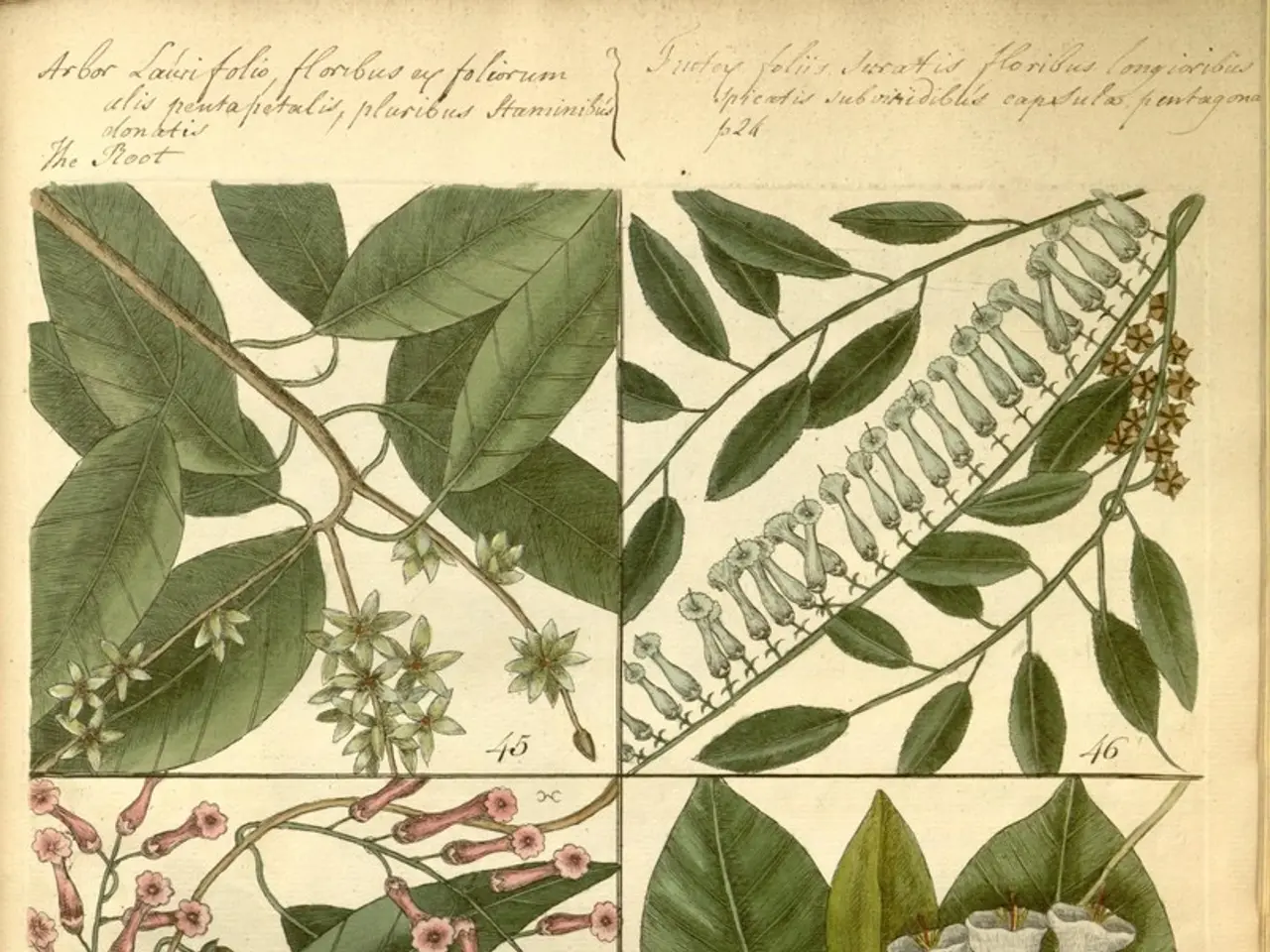13 Strategies for Rebooting a Dormant or Struggling Plant
A dying plant can be a heart-wrenching sight for any gardener. But fear not, for with the right approach and a little patience, your ailing green friend can bounce back to life. Here's a comprehensive guide on how to identify and fix common issues that may be plaguing your plant.
To begin, the key to reviving a dying plant is to first identify the underlying problem. Common culprits include overwatering, underwatering, insufficient sunlight, pests, or nutrient deficiencies. Once the issue is identified, appropriate care actions can be taken.
**Overwatering**
Signs of overwatering include yellowing, limp leaves, soggy or moldy soil, and mushy roots. To address this issue, stop watering immediately, check the roots for any rotted parts, and repot the plant in fresh, well-draining soil. Ensure your pots have drainage holes to prevent waterlogging.
**Underwatering**
Dry, shrunken soil and curled, crispy brown leaf edges are indicative of underwatering. To rectify this, thoroughly soak the soil, and establish a consistent watering schedule. Check soil moisture by inserting your finger about an inch deep—water only if dry at this depth.
**Insufficient or Incorrect Light**
Leggy, pale growth or drooping leaves can signify a lack of light or incorrect light exposure. Move the plant to a brighter spot or provide supplemental grow lights, and rotate plants weekly for even light exposure.
**Pests**
Tiny bugs, webbing, or sticky residue on leaves are signs of pests. Wipe leaves with soapy water, apply neem oil or other appropriate natural pesticides, and practice early detection to ensure a speedy recovery.
**Nutrient Deficiencies**
Yellowing leaves without overwatering, browning leaf tips, or poor growth can indicate nutrient deficiencies. Fertilize sparingly with a balanced liquid fertilizer (e.g., 10-10-10), typically once a month during growing seasons. Use well-draining soil to avoid nutrient lockout.
In addition to these steps, be patient, as plants take time to bounce back even after correcting care issues. Clean leaves to improve photosynthesis and overall health, maintain proper humidity, especially for sensitive plants, and use quality water such as distilled or filtered water to prevent harm from chlorine or fluoride excess.
When choosing new soil, opt for a mix that suits the plant's needs. Composting the remains of a plant that hasn't revived is a great way to recycle plant matter and create nutrient-rich soil for future gardening projects. Gently removing a plant from its pot, discarding the old soil, and replacing it with a nutrient-rich mix can help a struggling plant recover.
Over-fertilizing can be harmful to plants, so use fertilizers sparingly. Using filtered water or rainwater can prevent build-up in the soil and improve the overall health of a plant. If a plant has outgrown its pot, it might need repotting. Use a pot that's 1-2 inches larger in diameter and filled with fresh, well-draining soil for repotting. Organic liquid fertilizers or slow-release pellets can replenish essential nutrients.
It can take several weeks for a plant to bounce back after being revived, so keep up the consistent, attentive care, and soon you'll be rewarded with a thriving, healthy plant once more. Happy gardening!
- To prevent a dying plant from reoccurring, use a well-draining soil mix that suits your plant's needs for optimal growth.
- Ensuring your lifestyle includes regular care, watering, and fertilizing your plants can help maintain a healthy home-and-garden environment.
- In the quest for regenerating a sick plant, identify common issues such as overwatering, insufficient light, pests, or nutrient deficiencies to create a specific care plan.
- When addressing underwatering, verify the soil's moisture level by inserting your finger about an inch deep before watering, and establish a consistent watering schedule to revive your plants.
- In your garden, consider composting the remains of plants that didn't recover, as it provides nutrient-rich soil for future projects and contributes to a sustainable, organic gardening lifestyle.




